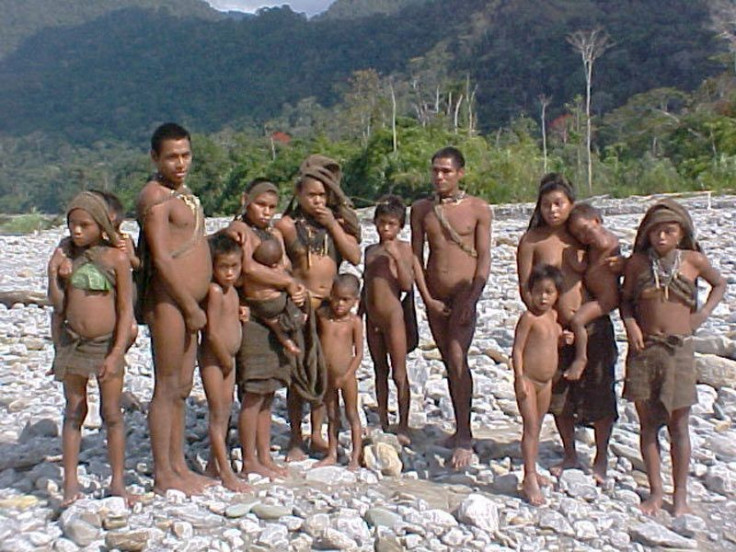Brazil: Isolated Tribe Seen at Risk Following Incomplete Flu Treatment

Disagreement between scientists and the Brazilian government on whether the authorities took full precautions in ensuring flu-infected tribespeople were adequately treated has surfaced.
According to new details disclosed by a senior official in Brazil's Indian affairs department (Funai), the seven tribespeople first exhibited flu symptoms on 30 June, three days after their first meeting with government officials in the Brazilian village of Simpatia. The group then vanished into the forest only to return after four days.
A government medical team administered flu immunisation and treated them at a remote post. Finally, on 11 July, they returned to their forest home, a village that may house as many as 100 individuals.
Funai insists the treatment ensures that the infected individuals pose no threat to their isolated tribe.
But anthropologist Kim Hill of Arizona State University, Tempe, points out that a health worker should have been sent along to administer antibiotics in the likely event that pneumonia and other secondary bacterial infections spread in the village.
A third to half of the population will die, he warns, as the flu victims will likely infect others in their tribe with foreign viruses. Secondary bacterial infections will take their toll in a weakened population.
Flu immunisation, while not effective in treating the illness, could protect the seven tribespeople from future exposure to flu. But this would also depend on what antiviral medications were given.
The Funai team gave the tribe a primer on what influenza is, how it is spread, and what would happen if they did not return to Simpatia or Funai's frontier post for further medical treatment in the event of a new outbreak.
But Fiona Watson, research director for Survival International, an NGO that supports tribal people, thinks that the tribespeople may be too afraid to follow this advice, as they associate villages with infection.
Catastrophes like these are seen as a sad reality after gas projects and illegal logging have made inroads into the untouched Amazon rainforest.
Peruvian Amazon
More than 70% of the Peruvian Amazon has been leased by the government to oil companies. Much of this includes regions inhabited by uncontacted tribes.
Oil exploration opens up previously remote areas to other outsiders, such as loggers and colonists, who often carry infections.
In the early 1980s, exploration by Shell led to contact with the isolated Nahua tribe. Within a few years around 50% of the Nahuas had died.
The massive Camisea gas project in Peru also stands on Nahua land.
In fact, it lies inside a reserve for uncontacted and isolated tribes that include the Nanti and Matsigenka Indians, fears Survival International.
The other threat to the tribes comes from illegal loggers who are after mahogany, or "red gold" that commands a big price in the global market.
In 1996, illegal loggers entered the region and led to the death of 50% of the native Murunahua Indians. The tribe died from colds, flu and other respiratory infections.
© Copyright IBTimes 2025. All rights reserved.



















